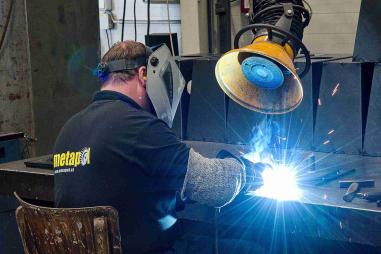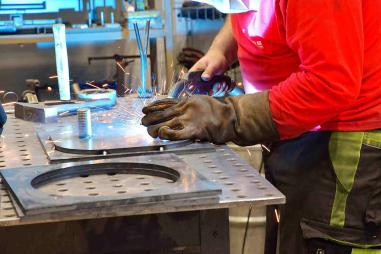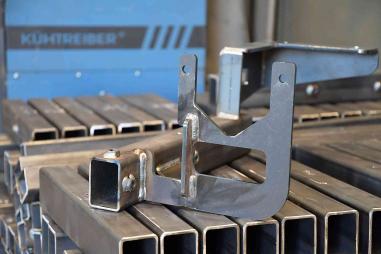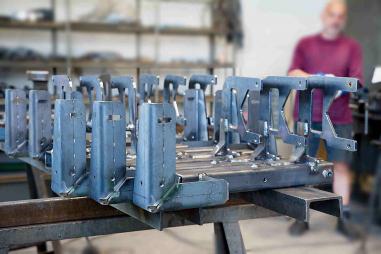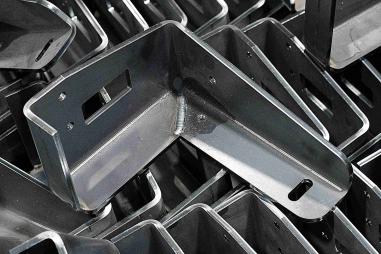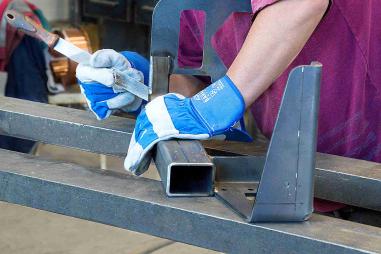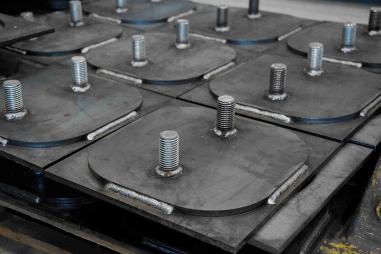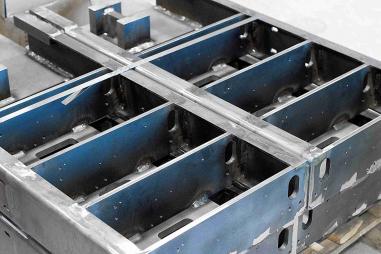Body
Welding belongs to the long tradition of our company, and we have rich experience in it.
We weld parts made of steel, stainless steel and aluminium alloys. Our most frequent activities include bolt welding and sheet metal welding.
We mainly focus on the following types of welding:
-
CO2 welding
The most common welding method for the manufacture of structures, machinery, pipes or pressure vessels and much more. Co2 welding or MIG/MAG welding is a very versatile, inexpensive welding method and has long been used for more than just welding aluminium. Co2 welding is also widely used to weld stainless steel -
electric arc welding
It is a group of fusion welding methods in which the contact area of the base and filler material is melted by the heat from the burning of an electric arc. The molten metal of the base and filler material is fused together, and when it solidifies, a weld is formed. Due to the quality achieved and the relatively low investment cost, it is one of the most widely used methods of welding metals. -
TIG welding
It is an international abbreviation for one of the methods of electric arc welding. TIG welding is becoming more and more widely used because it is very precise, no other elements are introduced into the weld metal and, thanks to the high temperature of the arc, even materials that do not melt with autogan can be welded. The disadvantage of tig welding is that it is generally more complicated, slower and more expensive. -
pulse welding
This is a type of arc welding. The principle of pulse welding is the periodic alternation of higher and lower values of electric current. It allows welding of various types and thicknesses of materials in high quality. There is less mixing of the base material, which brings advantages when welding heterogeneous joints. It allows high control of the welding process by the welder, which gives an advantage in accuracy and aesthetic appearance of the welds. It is ideal for welding stainless steel, thin plates and sheets of different thicknesses. -
resistance welding (spot welding)
Resistance welding involves the melting and simultaneous compression of the contact surfaces of the base material. Unlike arc welding, no additional material or shielding gas is required. The resistance welding method has the advantage for the customer of clean design without any added materials and interfering elements - rivets, welded joints. The resulting welds have the advantage of high strength and toughness. It is most commonly used for joining sheet metal.
We can further process welded components based on customer demand. We provide complex activities in the field of metal production.

